Weeping begonias, known for their cascading growth habit and elegant flowers, can be a beautiful addition to gardens, hanging baskets, or containers. Here’s a guide on how to grow weeping begonias:
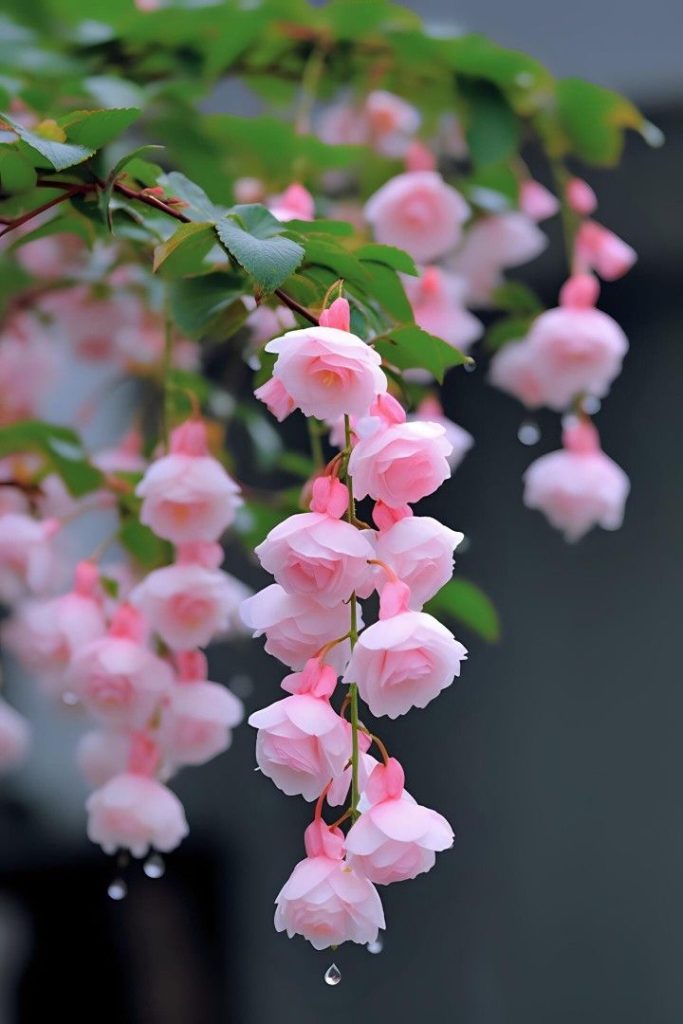
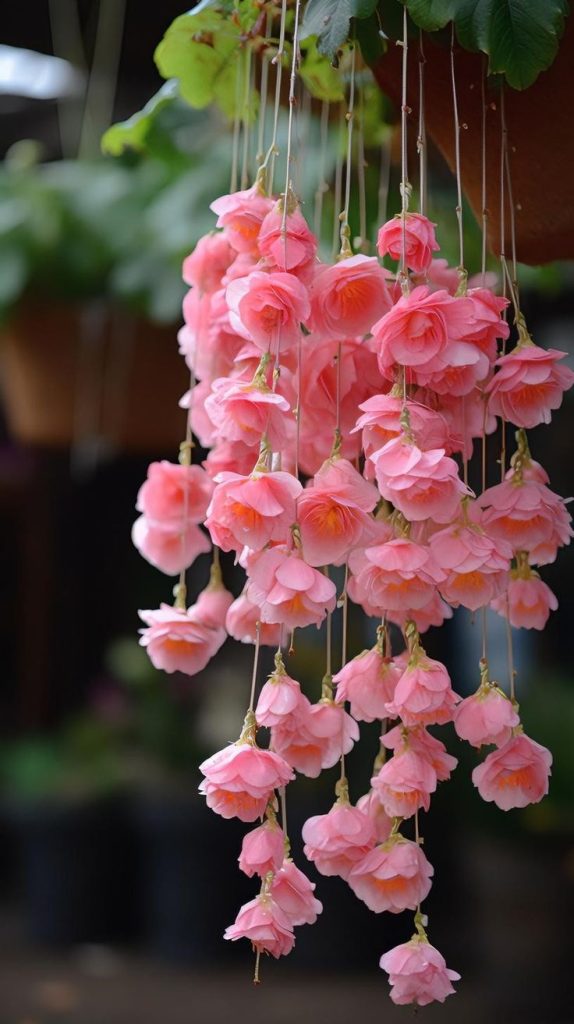
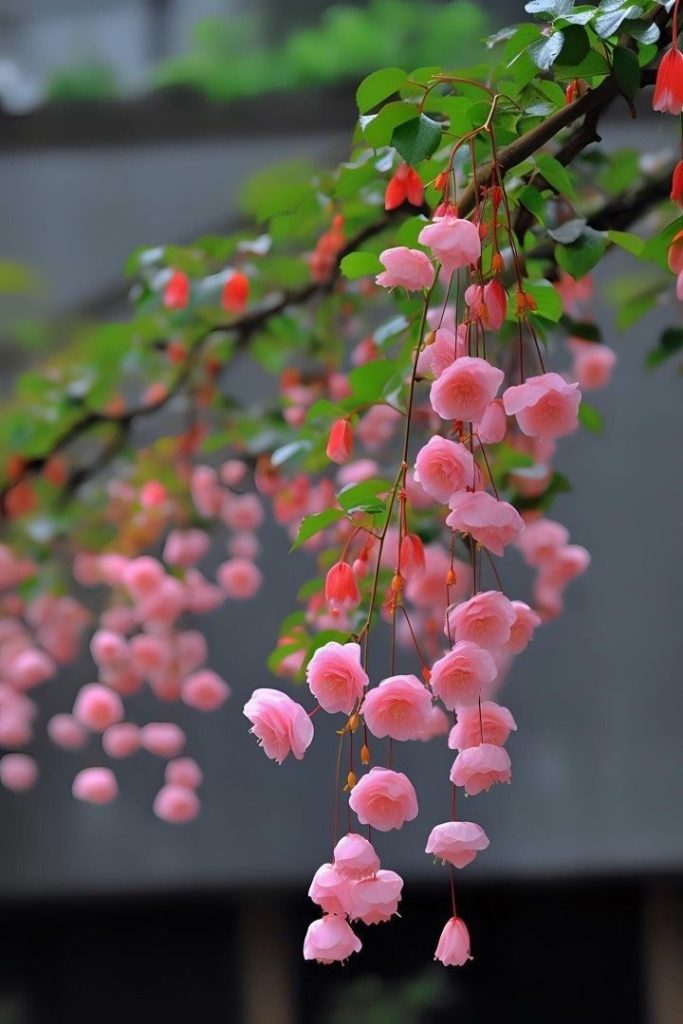
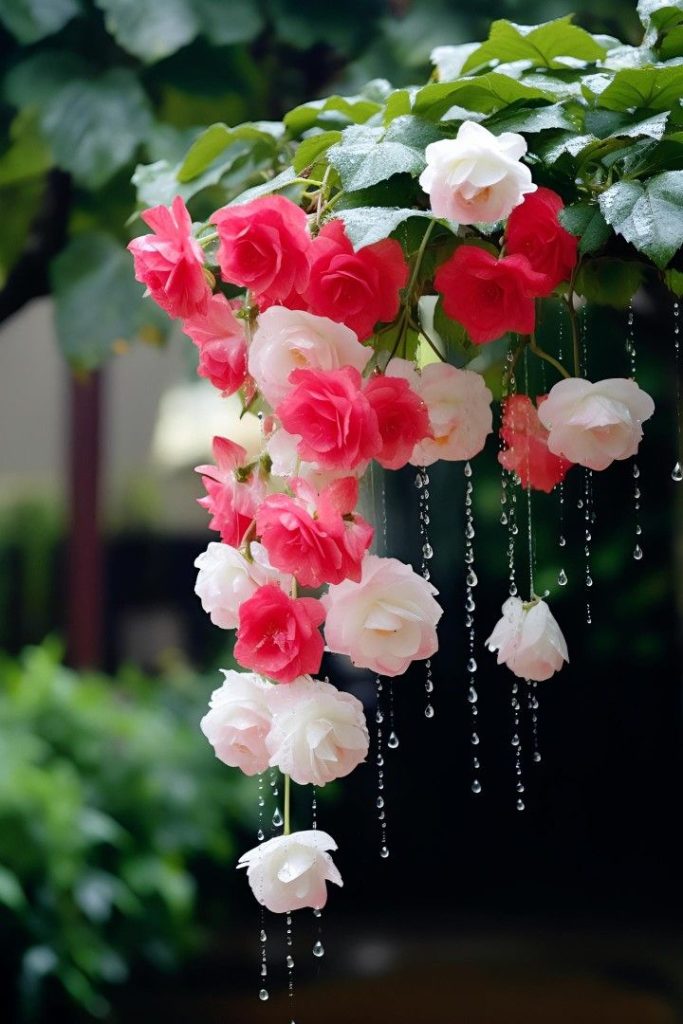
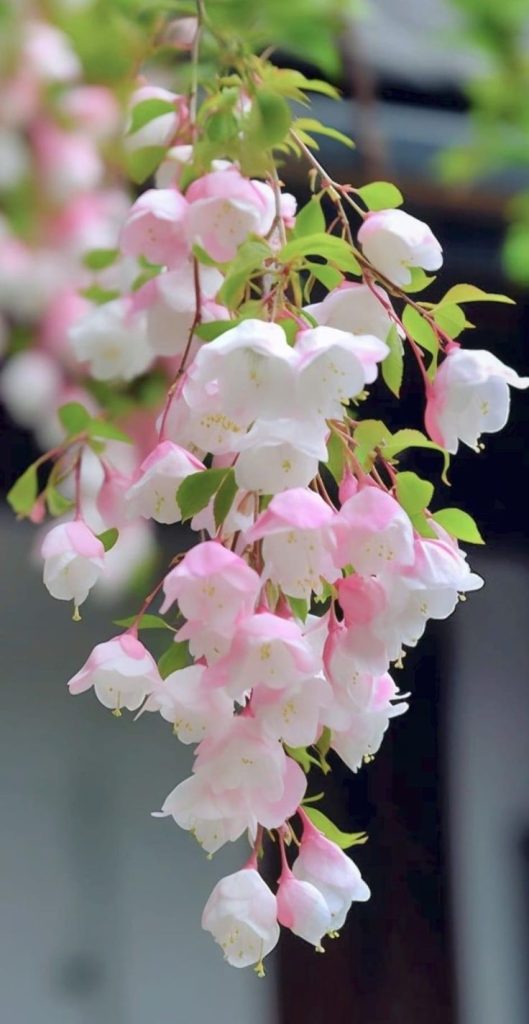
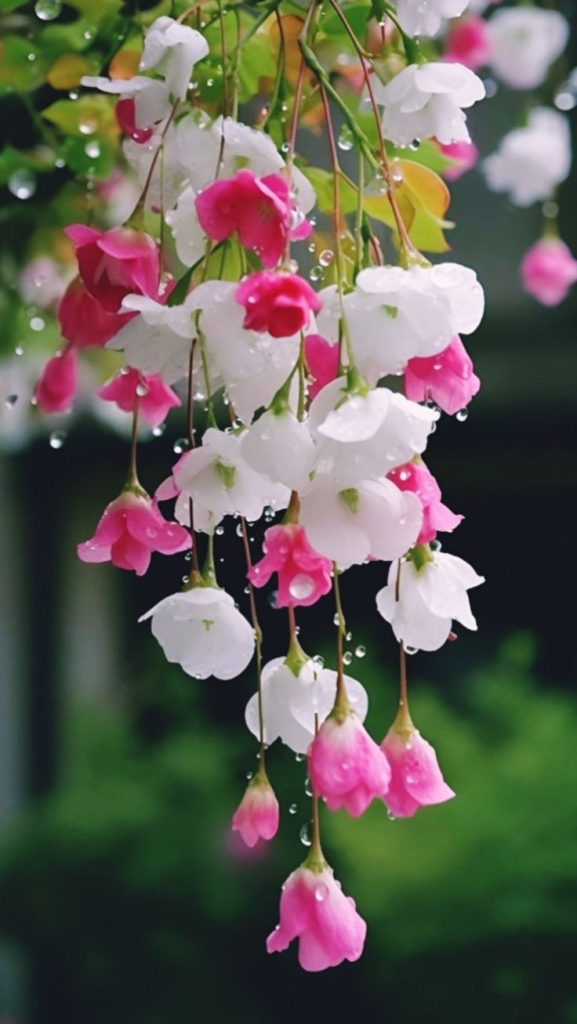
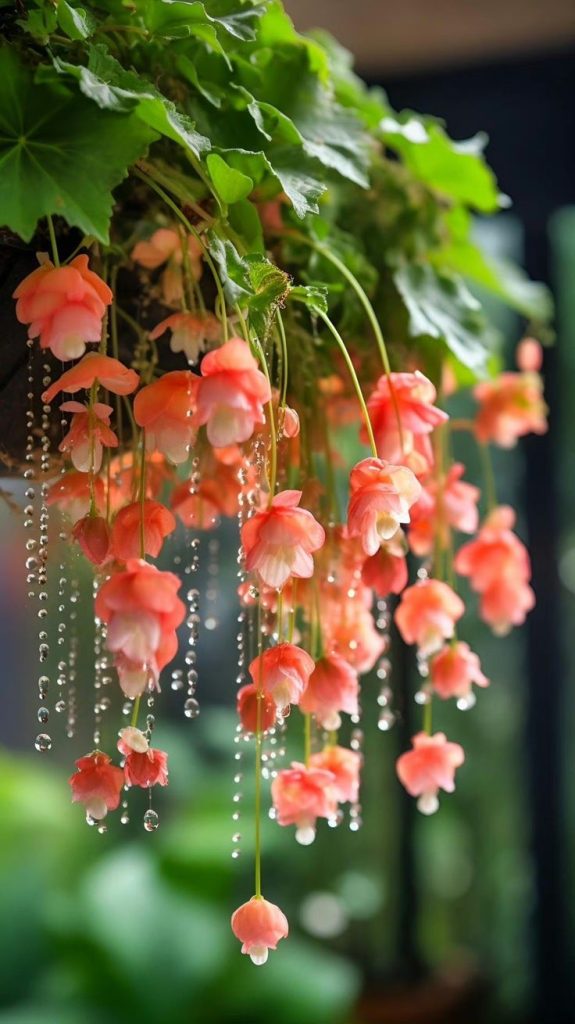
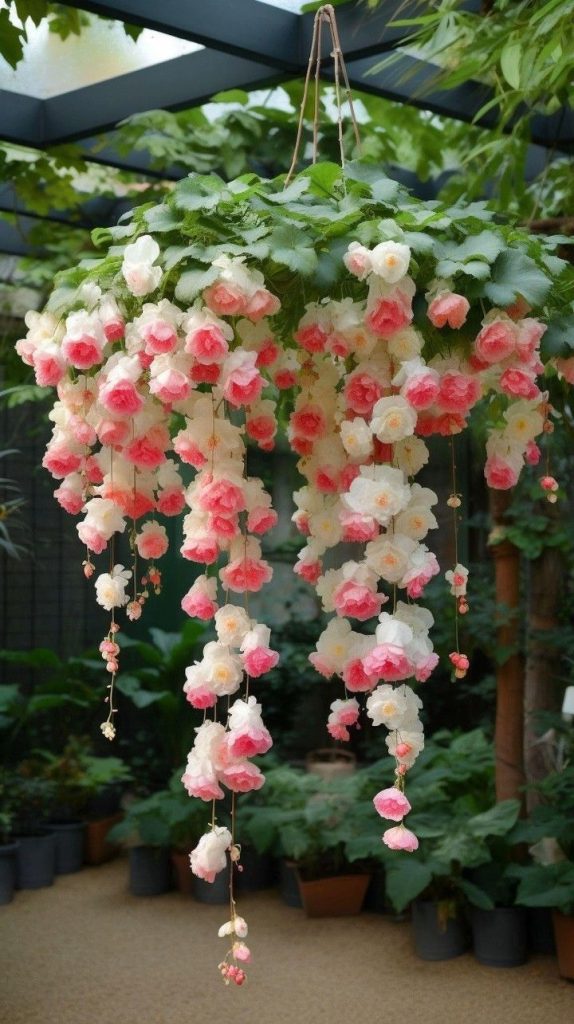
Growing Weeping Begonias:
- Location and Sunlight:
- Plant weeping begonias in a location with partial shade to filtered sunlight. They prefer bright, indirect light and protection from harsh afternoon sun.
- Soil and Planting:
- Use well-draining, fertile soil with good moisture retention. A soil mixture enriched with organic matter is beneficial.
- Plant begonias with their roots covered and the tuber slightly exposed. Place them about 6 to 12 inches apart.
- Watering:
- Keep the soil consistently moist but not waterlogged. Water the begonias when the top inch of soil feels dry.
- Avoid overhead watering to prevent leaf spot diseases. Water the soil directly around the plant base.
- Fertilization:
- Apply a balanced, water-soluble fertilizer every two to four weeks during the growing season to encourage healthy growth and flowering.
- Temperature and Humidity:
- Weeping begonias prefer temperatures between 65°F to 75°F (18°C to 24°C). Protect them from cold drafts or temperatures below 50°F (10°C).
- Maintain moderate humidity levels. Mist the plants occasionally or use humidity trays to increase moisture around the plants.
- Pruning and Maintenance:
- Pinch or trim back leggy growth regularly to encourage bushier growth and more blooms.
- Remove spent flowers to promote continuous blooming.
- Pests and Diseases:
- Keep an eye out for pests like aphids or spider mites. Treat any infestations promptly with insecticidal soap or neem oil.
- Ensure good air circulation to prevent fungal diseases. Remove any damaged or infected leaves.
- Overwintering:
- Weeping begonias are typically treated as annuals in colder climates. In warmer regions, protect them from frost or bring them indoors for the winter.
Benefits of Weeping Begonias:
- Weeping begonias offer beautiful cascading foliage and striking flowers, making them excellent for hanging baskets, containers, or garden borders.
- They provide a burst of color and elegance with their unique growth habit and prolific flowering.
By providing the right conditions, including proper light, well-draining soil, adequate watering, and protection from extreme temperatures, weeping begonias can thrive and reward gardeners with their graceful and colorful display.